What is included in a home inspection? How long will it take and what is required?
The inspection process takes approximately 2-3 hrs. Reports are e-mailed the same day. A thorough investigation needs to be able to assess all areas of the house including the attic and crawlspace to look for deficiencies and give an assessment of the below areas:
Site Grading
Grading needs to be assessed to determine that water will flow away from the house and not cause ponding or damage to the structure.
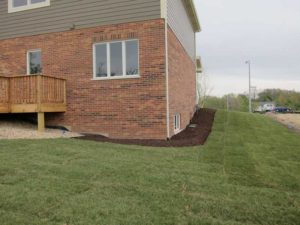
Foundations
Foundations are required to be inspected and commented on according to the Texas Real Estate Commission (TREC) Standards of Practice. We look for cracks which may indicate settling or heaving conditions from underlying soil problems.
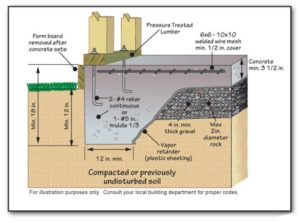
Framing
We look at the structural integrity of the house by looking at the framing. Framing are the boards used in the skeleton of the house. This means we must enter the attic, look at the walls and enter crawlspaces if they exist.
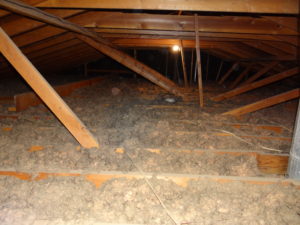
Electrical
The house electrical system is inspected to determine if everything is in working order and safe. A representative sample of outlets are tested and the panel box is inspected for proper grounding, bonding and safety.
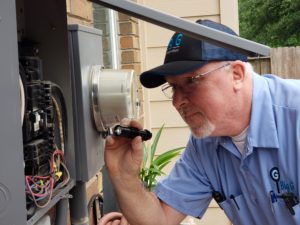
HVAC
The heating and air conditioning systems will be run to make sure everything works and is safe. The heat exchangers will be inspected for cracks in the heating system (if gas) to make sure no carbon monoxide enters the home. In addition, Big G Home Inspections will also check the heated air coming from the vents for carbon monoxide before and after heat startup.
If the temperature outside is above 60 deg. F. the AC or heat pump will be run in cooling mode. The outside air must be warmer than 60 deg. F to prevent damage to the compressor. The temperature differential will be measured and the evaporator coil drain pan inspected for blockages.
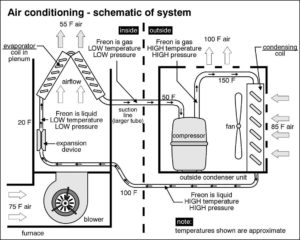
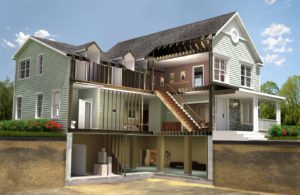
Building Enclosures
Building enclosures includes most things you think of when looking at a house - windows, doors, walls, floors, etc. All doors and a representative sample of windows will be operated and inspected with deficiencies noted in the written report. Inside walls and the outside siding/bricks will be checked for cracks and structural or water-born problems.
Roofing
Roofs are required to be inspected and commented on according to the Texas Real Estate Commission (TREC) Standards of Practice. We may or may not go onto a roof depending if the house is a one or two story, how steep the roof is, or if there is inclement weather. Roofs will be evaluated from the attic and as close as possible from the outside. The condition of the roofing material and flashing will be noted.

Plumbing
A common problem with older houses is leaking fittings or fittings that have previously leaked and caused damage. A slow leak is much worse than a fast one because a slow leak will cause damage over a long period of time before it is detected. A fast leak may be detected quickly and repairs made before significant damage occurs. All faucets will be tested and all fittings with be inspected for leaks where accessible.
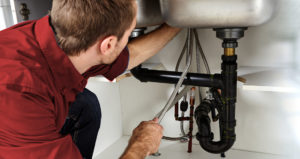
Appliances
You may not realize that verifying that appliances work as expected is part of a home inspection - it is! There is nothing worse than moving to a new house expecting everything to work and then there is an unexpected expense for a major appliance. Stove, oven, dishwasher, garbage disposal, trash compactor, garage door opener, water heater and stove vent hood are all checked to ensure they are in working order.
Appliances that are generally not inspected are refrigerators and clothes washer/dryer because these are commonly moved out with the owner. Dryer vents, dryer and oven gas lines are inspected because of safety issues.

